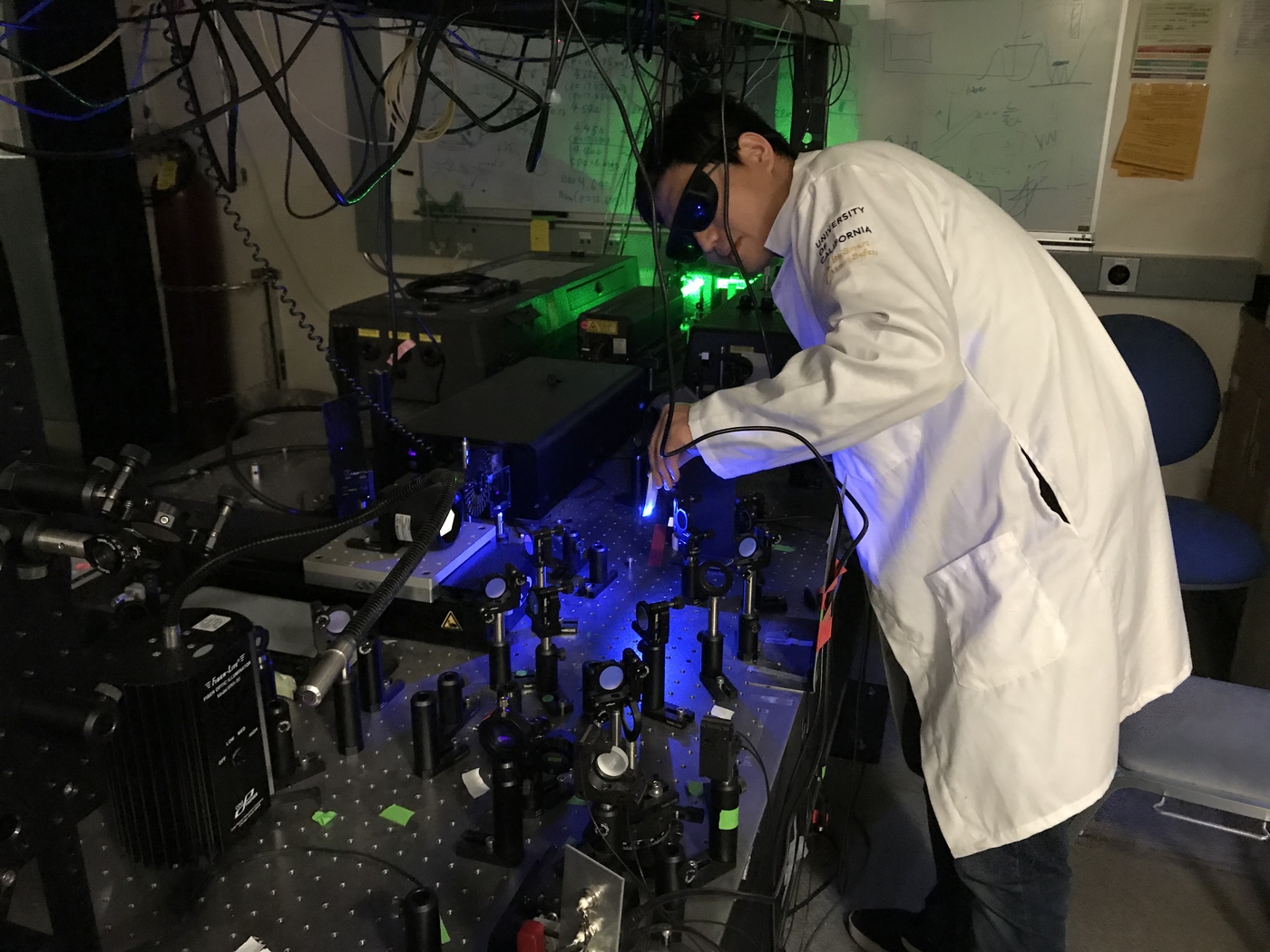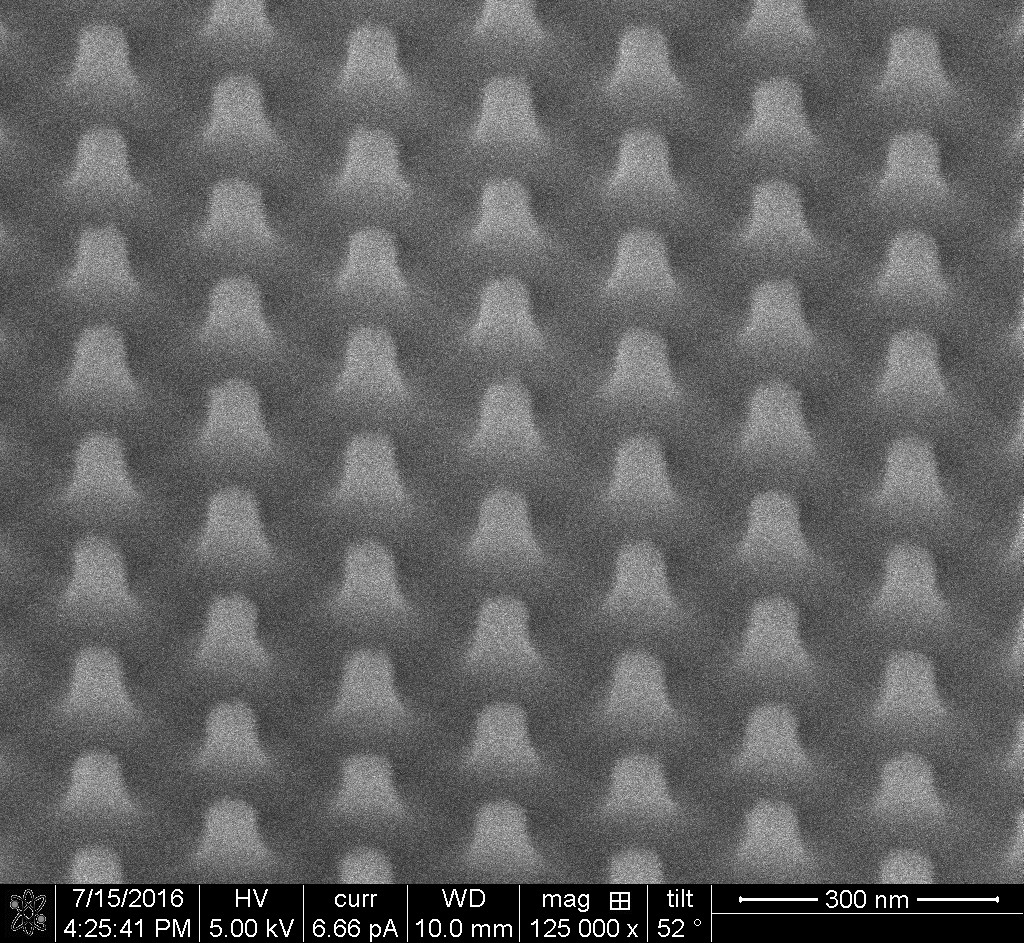Laser-focused memory

As computer memory devices shrink and become more powerful, more sophisticated methods are needed to assess performance and improve designs. Lasers can help measure the magnetic properties on which most of these advanced devices rely, said Holger Schmidt, a professor of electrical and computer engineering with expertise in spintronics and ultrafast optics. “With lasers we can measure things that happen really fast in things that are really small.”

For example, Schmidt is working with Samsung to study devices called STT-MRAM (spin-transfer torque magnetic random access memory). Already used in niche applications, STT-MRAM has no moving parts and at its heart contains two magnetic layers, approximately 10 nm wide and 1 nm thick (1 nm = one billionth of a meter), separated by a barrier. Within each layer, electrons act like tiny compass needles that are aligned to produce a measurable magnetization. But while the needles in the bottom layer are fixed, the top ones can rotate. Applied electric current turns the top needles, which otherwise resist rotating, and whether the top and bottom needles are aligned yields the 0’s and 1’s of computer memory.
To assess this dynamic—specifically, how much the top needles resist rotating (called magnetic damping)—Schmidt fires two laser pulses a few picoseconds apart at the magnetic material. The first spins the needles, and the second monitors their return to position, producing accurate measurements that are informing decisions about which materials to use in the next generation of memory devices.
—Marcus Woo

